Robinhood Markets Inc. (HOOD) has experienced significant price swings over the past year, making it a focal point for investors looking for opportunities in the online brokerage space. Currently trading at $43 per share, Robinhood has rallied after a 44% decline from its previous high of $66, raising the question: Is now the right time to buy?
Robinhood’s Price History and Market Performance
Since its IPO at $60 per share, Robinhood has faced dramatic ups and downs, including a major selloff to around $10 per share due to the GameStop (GME) controversy. However, since 2024, the stock has surged nearly 500% before seeing a more recent pullback.
To determine its potential as a buy, let’s analyze Robinhood’s latest earnings and apply valuation models including:
- Discounted Free Cash Flow (DCF) Model
- Comparable Company Analysis
- Ben Graham Formula for Intrinsic Value
Analyzing Robinhood’s Financials
Earnings and Growth Metrics
Robinhood’s latest quarterly results highlight impressive growth:
- Revenue: Reached an all-time high of $2.4 billion, up from $1.9 billion a year prior.
- Net Income: Turned profitable at $530 million.
- Free Cash Flow: Strong generation of $2.15 billion.
- Robinhood Gold Subscribers: Grew 86% YoY to 2.6 million.
- Cryptocurrency Revenue: Surged 700% YoY to $358 million.
Valuation Metrics
- Market Cap: $38 billion
- Price-to-Earnings (P/E) Ratio: 28.4, slightly below the market average of 28.3.
- Earnings Per Share (EPS): $1.56
- Beta: 2.14, indicating high volatility.
Valuation Models: Is Robinhood Undervalued?
Discounted Free Cash Flow (DCF) Analysis
Using expected revenue growth of 20–30%, analysts project future revenues of $3.7–4 billion. With an average net income margin of 22%, the DCF model suggests a fair value of $50 per share, with potential upside.
Ben Graham Formula for Intrinsic Value
Applying projected growth of 15%, Robinhood’s fair value lands near $30 per share. However, a declining AAA bond yield could push this higher.
Comparable Company Analysis
Compared to Charles Schwab (SCHW) and Interactive Brokers Group (IBKR):
- Robinhood’s revenue and net income growth are the highest.
- Robinhood has the highest P/E ratio, suggesting overvaluation relative to peers.
- Compared to mature brokerage firms, Robinhood trades at a premium due to its high growth potential.
Conclusion: Is Robinhood a Buy?
Robinhood’s strong revenue growth, profitability, and expanding subscription base make it a compelling investment. However, valuation concerns arise when compared to established competitors.
- DCF Model suggests upside potential to $50 per share.
- Comparable analysis highlights overvaluation relative to peers.
- Crypto expansion and increased subscriptions fuel future growth.
Investors seeking high-growth opportunities may find Robinhood appealing, but volatility and valuation risks must be considered.
https://youtu.be/loCRfK_5Kk4?si=rcwx2BCLZ78XGq-S
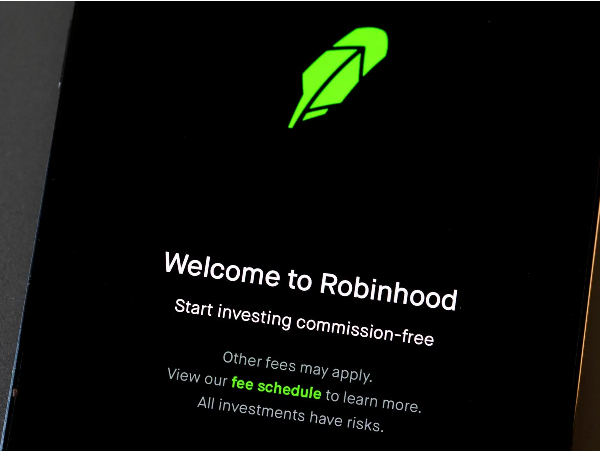
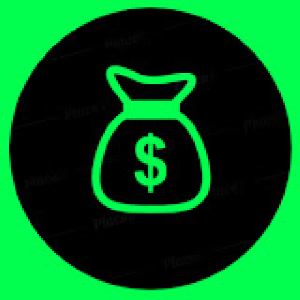

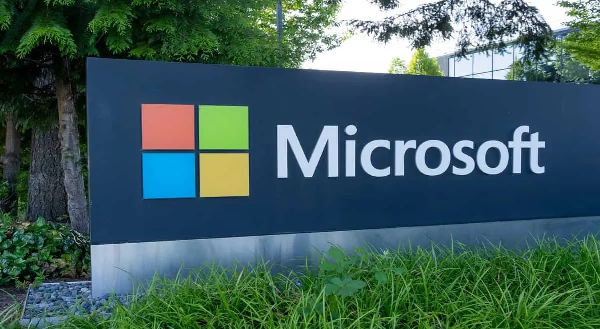

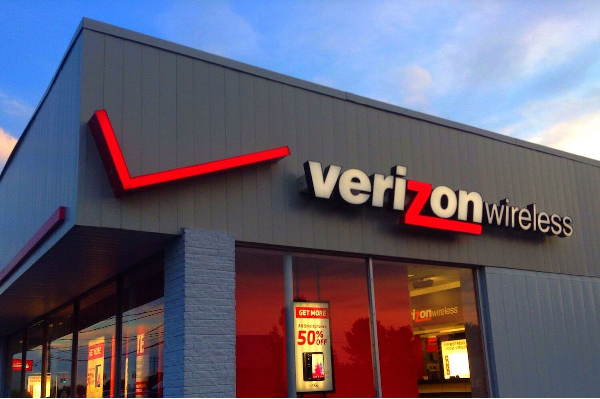
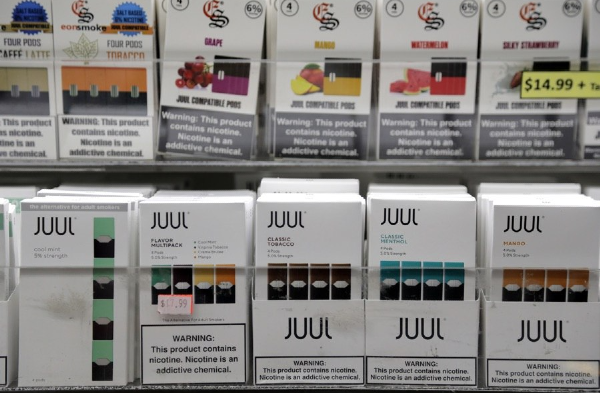
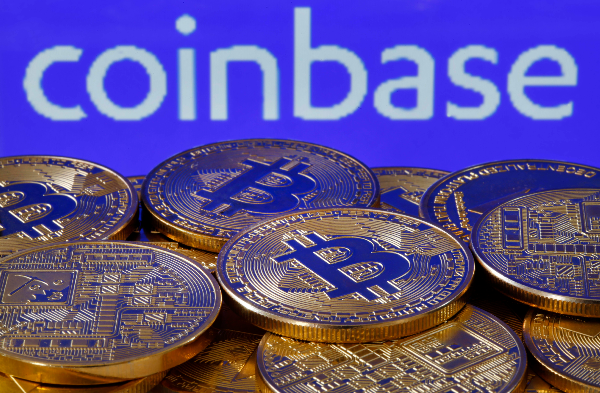
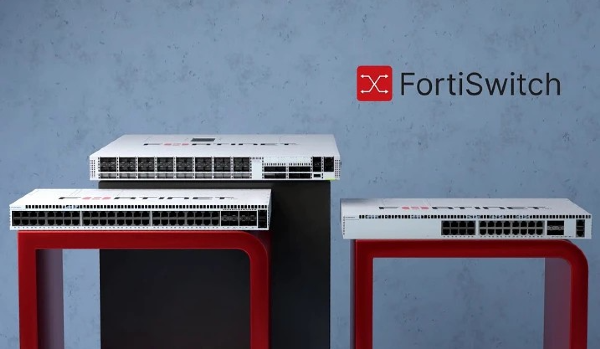
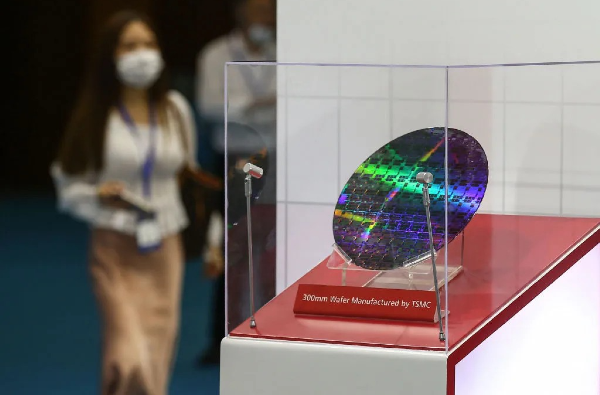
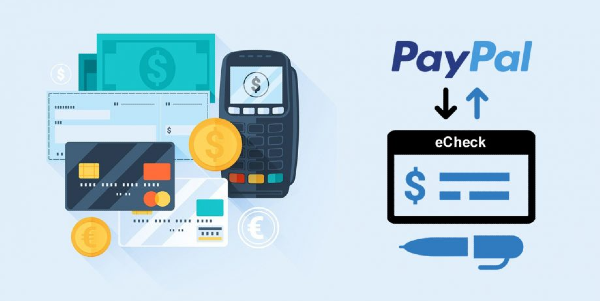

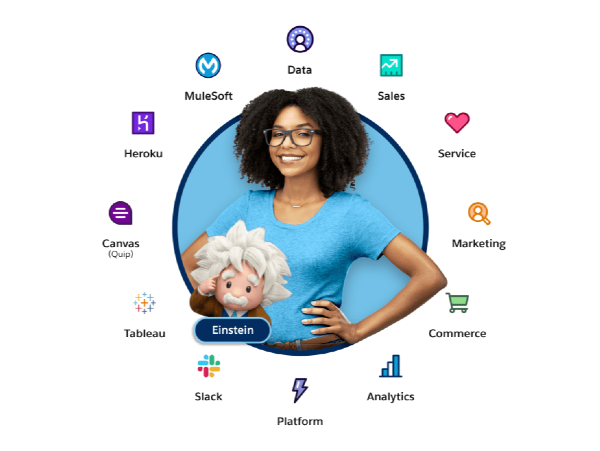

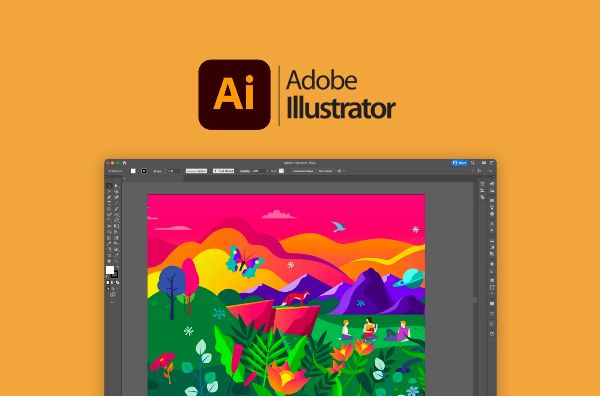
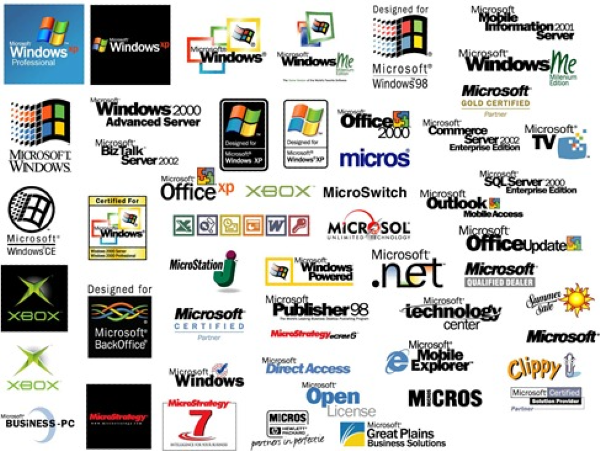
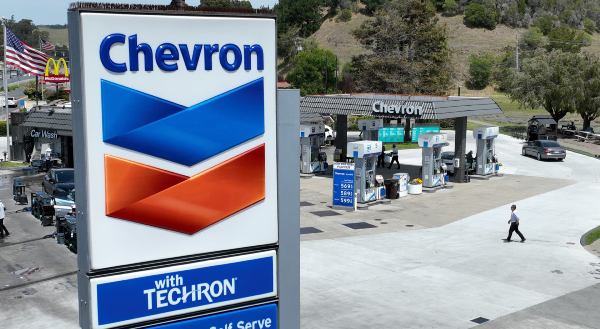

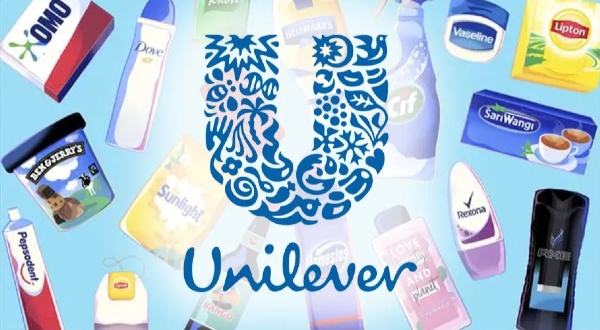


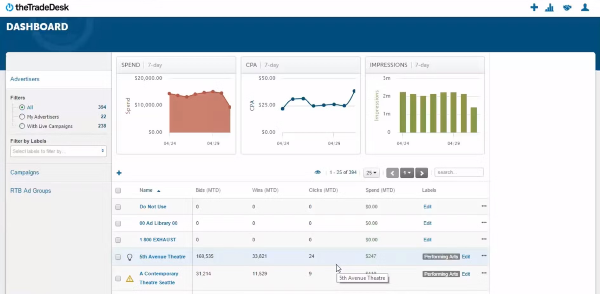
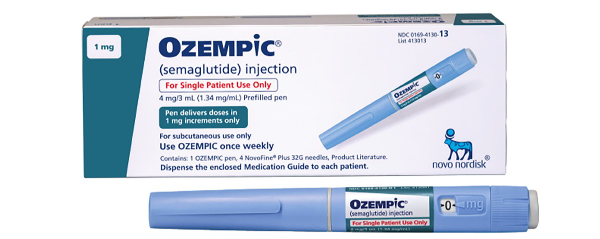








Robinhood Markets Inc. (HOOD) has experienced significant price swings over the past year, making it a focal point for investors looking for opportunities in the online brokerage space. Currently trading at $43 per share, Robinhood has rallied after a 44% decline from its previous high of $66, raising the question: Is now the right time to buy?
Robinhood’s Price History and Market Performance
Since its IPO at $60 per share, Robinhood has faced dramatic ups and downs, including a major selloff to around $10 per share due to the GameStop (GME) controversy. However, since 2024, the stock has surged nearly 500% before seeing a more recent pullback.
To determine its potential as a buy, let’s analyze Robinhood’s latest earnings and apply valuation models including:
Analyzing Robinhood’s Financials
Earnings and Growth Metrics
Robinhood’s latest quarterly results highlight impressive growth:
Valuation Metrics
Valuation Models: Is Robinhood Undervalued?
Discounted Free Cash Flow (DCF) Analysis
Using expected revenue growth of 20–30%, analysts project future revenues of $3.7–4 billion. With an average net income margin of 22%, the DCF model suggests a fair value of $50 per share, with potential upside.
Ben Graham Formula for Intrinsic Value
Applying projected growth of 15%, Robinhood’s fair value lands near $30 per share. However, a declining AAA bond yield could push this higher.
Comparable Company Analysis
Compared to Charles Schwab (SCHW) and Interactive Brokers Group (IBKR):
Conclusion: Is Robinhood a Buy?
Robinhood’s strong revenue growth, profitability, and expanding subscription base make it a compelling investment. However, valuation concerns arise when compared to established competitors.
Investors seeking high-growth opportunities may find Robinhood appealing, but volatility and valuation risks must be considered.
https://youtu.be/loCRfK_5Kk4?si=rcwx2BCLZ78XGq-S